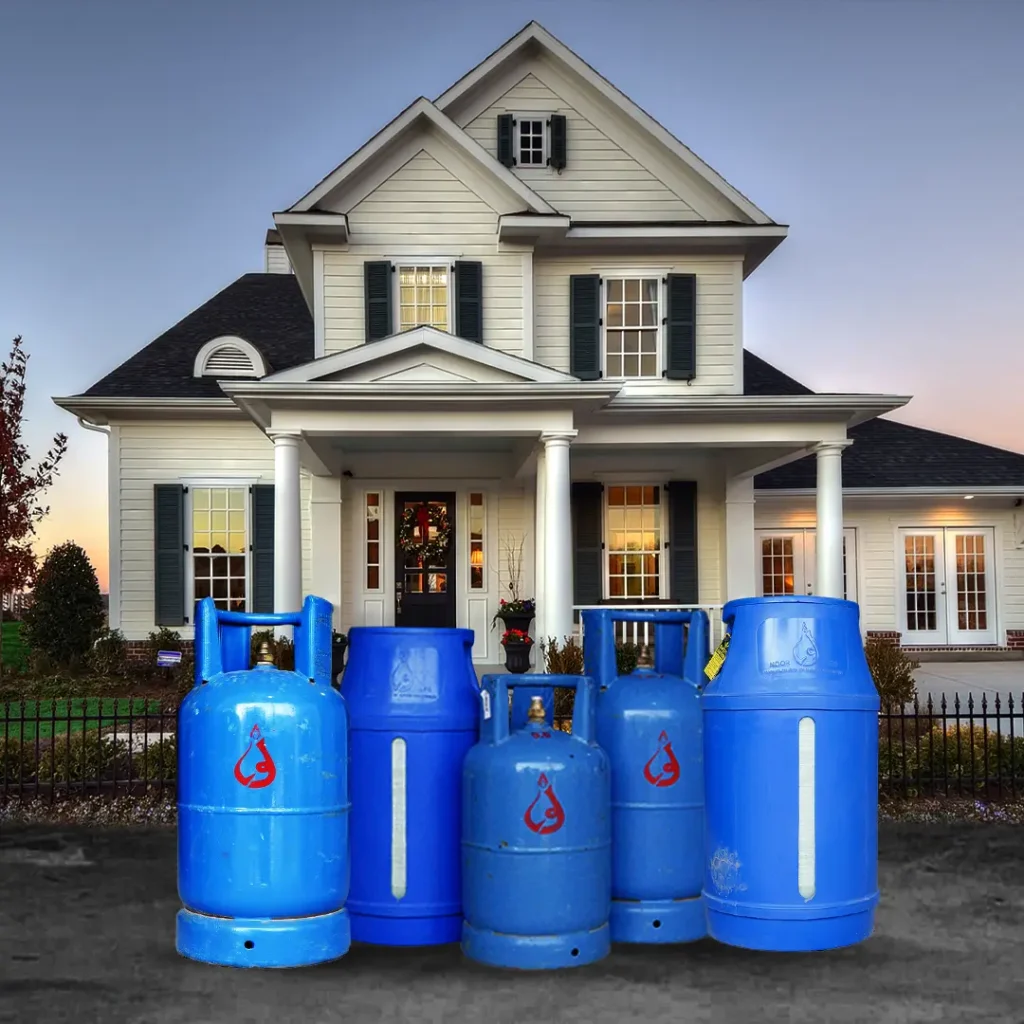It all began on a cold morning in 2032 in a small coastal town. The people there had been struggling with frequent power outages, high electricity bills, and the growing effects of climate change. But on that particular morning, something had changed — the hum of noisy diesel generators was gone. Instead, the streets were quieter, cleaner, and brighter. The reason? Blue gas had arrived.
I remember standing next to an elderly fisherman named Daniel who had lived in that town his entire life. He pointed to the small power station near the port and said, “That’s the magic, son. That’s this hydrogen-based fuel. It’s not just keeping my lights on — it’s keeping my hope alive.”
That day sparked my curiosity. What was this blue gas everyone was talking about? How could a simple-sounding fuel create so much excitement? And most importantly, could it really be the key to a cleaner, brighter future?
What is Blue Gas and Why is it Important?
In simple terms, blue gas is a type of hydrogen fuel produced using natural gas as its source, but with technology that captures and stores the carbon emissions instead of releasing them into the air. The “blue” part of the name refers to the fact that it’s not entirely green (like hydrogen made from renewable sources), but it’s still far cleaner than fossil fuels like coal or oil.
This alternative energy matters because it represents a bridge between the high-carbon world we live in now and the low-carbon world we need in the future. It’s not perfect, but it’s a huge step forward. By producing hydrogen in this way, countries can reduce their emissions while still meeting their energy needs.
The Science Behind This Fuel
At its core, blue gas is hydrogen — the most abundant element in the universe. Hydrogen doesn’t release carbon dioxide when burned, making it an attractive fuel for a wide range of uses. The challenge has always been producing hydrogen without creating too much pollution in the process.
This technology solves part of that problem through carbon capture and storage (CCS).When natural gas is used to make hydrogen, carbon dioxide is a byproduct. Instead of letting that CO₂ escape, CCS technology traps it and stores it deep underground. This means we get the benefits of hydrogen energy without the worst of its environmental downsides.

How This Energy Source is Produced
The journey of blue gas begins in natural gas fields, often located deep underground or under the ocean floor. Once the natural gas is extracted, it’s sent to special facilities where it undergoes a process called steam methane reforming (SMR).
In SMR, methane from the natural gas reacts with steam to produce hydrogen and carbon dioxide. Here’s where the magic happens — instead of releasing that CO₂ into the atmosphere, it’s captured and transported to storage sites. These storage sites are often old oil and gas fields that have been emptied and sealed.
The hydrogen produced can then be compressed, transported, and used for everything from powering cars to heating homes.
The Environmental Impact of Blue Gas
Critics often argue that blue gas is not as clean as “green hydrogen,” which is made using renewable electricity and water. That’s true — blue gas still relies on fossil fuels. However, by capturing up to 90% of the carbon emissions during production, it significantly reduces its environmental footprint compared to traditional fuels.
For countries trying to transition away from coal and oil, blue gas offers a practical way to cut emissions quickly while building the renewable infrastructure needed for a fully green future.
Comparing Blue Gas with Other Energy Sources
This fuel isn’t the only player in the clean energy game. Wind, solar, nuclear, and green hydrogen all have important roles to play.
- Solar and Wind: Renewable, but weather-dependent.
- Nuclear: Powerful and low-carbon, but has waste and safety concerns.
- Green Hydrogen: The cleanest hydrogen option, but currently more expensive to produce.
- Blue Gas: A middle-ground solution — cleaner than fossil fuels, cheaper than green hydrogen, and available now.
Real-Life Stories of Communities Powered by This Fuel
In Norway, a small fishing village replaced its diesel-powered generators with a blue gas power system. Within months, air quality improved, the smell of fuel oil vanished, and fuel costs dropped.
In Japan, buses powered by blue gas hydrogen fuel cells quietly glide through the streets of Tokyo, reducing noise and pollution.
These stories show that blue gas isn’t just an idea — it’s already transforming lives.
The Economic Potential of the Hydrogen Source
The global hydrogen economy is projected to be worth trillions of dollars in the coming decades, and blue gas could capture a large share of that market. It offers jobs in construction, engineering, research, and maintenance. It also allows countries rich in natural gas to stay competitive in a low-carbon world.
For example, Canada is investing heavily in blue gas projects, seeing them as a way to create jobs while meeting climate targets.
Challenges Facing Blue Gas Adoption
Of course, blue gas isn’t without challenges. The carbon capture technology is expensive, and storing CO₂ underground requires careful monitoring to prevent leaks. There’s also the risk that relying too much on blue gas could slow down the transition to truly renewable energy.
However, these challenges are being addressed through innovation and stricter regulations. Many experts see blue gas as a necessary stepping stone to a greener future.
The Future of This Clean Energy Option
The next decade will be crucial for blue gas. As climate pressures mount and renewable technology improves, blue gas will either become a key part of the global energy mix or be replaced by cleaner options.
If governments and companies invest wisely, blue gas could be the bridge that takes us from a fossil-fuel past to a renewable future.

Visit our website for more updates and stories
Final Thoughts
Standing in that coastal town years later, I saw the same fisherman, Daniel. He smiled and told me his granddaughter now studies environmental science — inspired by the change blue gas brought to their lives.
Blue gas may not be the perfect solution, but it is a powerful tool we can use today. It’s a reminder that progress often comes in steps, not leaps, and that every cleaner choice we make brings us closer to the future we all want.













